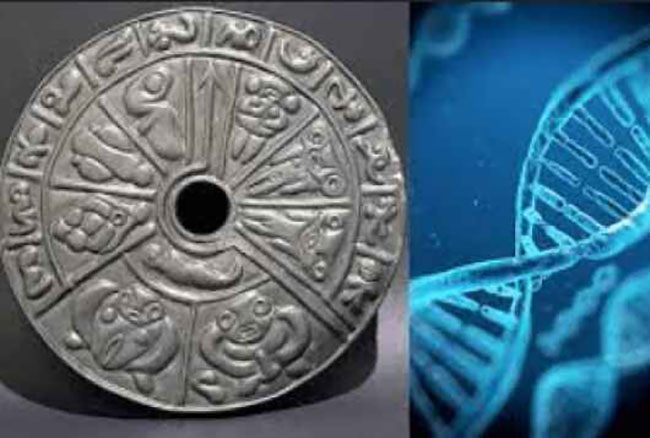The mysteries of ancient civilizations have long fascinated researchers, particularly when it comes to artifacts that challenge our understanding of history and technology. Among these enigmatic relics is the Pre-Columbian Genetic Disc, an artifact purported to hold advanced biological knowledge far beyond its time.
Discovered in Colombia, this disc, made of lydite, a rare and hard black stone, has sparked debates about the technological capabilities and knowledge of ancient peoples. The artifact’s intricate carvings, depicting sperm, fetuses, and other biological elements, suggest a level of understanding that seems incongruent with the era it is said to originate from.
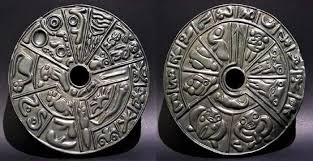
What We Know: Scientific and Archaeological Insights
The Genetic Disc is a circular artifact, approximately 27 centimeters in diameter, weighing around 2 kilograms. It is carved from lydite, a material formed from marine sedimentary rock that is known for its hardness and fragility, making the precise carvings on the disc particularly remarkable.
The disc’s surface features detailed images that include representations of spermatozoa, ova, and stages of embryonic development—images that are only visible under magnification. This has led to speculation that the disc embodies knowledge of cellular biology and reproduction that predates modern scientific discovery. For more on the intersection of ancient technology and biology, visit our article on Inca Sun Disc Theories.
The disc is believed to be around 6,000 years old and is associated with the Muisca culture of pre-Columbian Colombia. It was reportedly discovered by Jaime Gutierrez-Lega, a Colombian industrial designer known for his collection of strange and rare artifacts. The disc was later analyzed at the Museum of Natural History in Vienna by Dr. Vera M.F. Hammer, a mineralogist, who confirmed the material composition but did not support claims regarding its age or cultural origins.
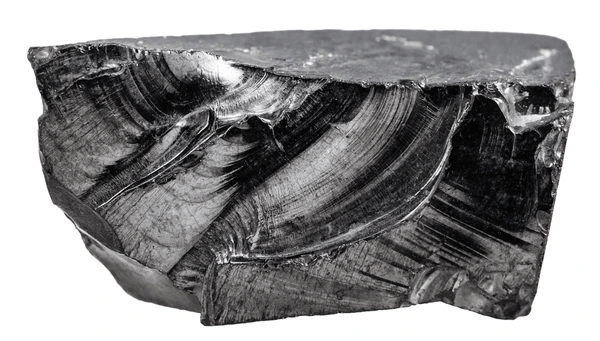
Questions of Authenticity and Origin
Despite its intriguing characteristics, the Genetic Disc is shrouded in controversy and skepticism. The primary question revolves around its authenticity. There is no clear record of the disc’s discovery, and the lack of documentation raises doubts. Critics argue that the disc could be a modern fabrication, pointing to the involvement of Klaus Dona, a controversial figure who has promoted several other disputed artifacts under the banner of “forbidden archaeology.”
Explore other mysterious artifacts like the Baghdad Battery that challenge our understanding of ancient technology.
Moreover, the methods used to date the disc and assign it to the Muisca culture are unclear and contested. While some claim that the artifact is a genuine relic from an ancient civilization, others, including Dr. Hammer, suggest that it could be a more recent creation, possibly even an outright hoax.
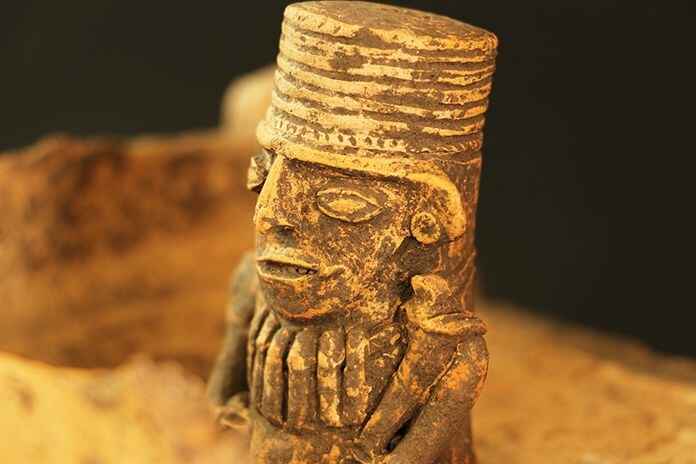
Was the Genetic Disc Created by an Advanced Civilization or Is It a Modern Hoax?
The Genetic Disc has inspired a range of theories, from those suggesting it is evidence of an advanced prehistoric civilization, to others proposing that it is a remnant of alien contact. Proponents of the disc’s authenticity argue that it reflects a level of biological knowledge that could only have come from a civilization with advanced scientific understanding, potentially lost to history. Learn more about the controversies surrounding out-of-place artifacts at Archaeology Fantasies.
Conversely, skeptics point to the lack of credible archaeological context and the dubious nature of the disc’s discovery as evidence that it might be a modern creation. The involvement of Klaus Dona, who has been criticized for promoting unverified artifacts, further fuels the debate. Dona’s claims, including the assertion that the disc predates all known civilizations, are often unsupported by scientific evidence, leading many to dismiss the disc as a product of modern imagination rather than ancient ingenuity.
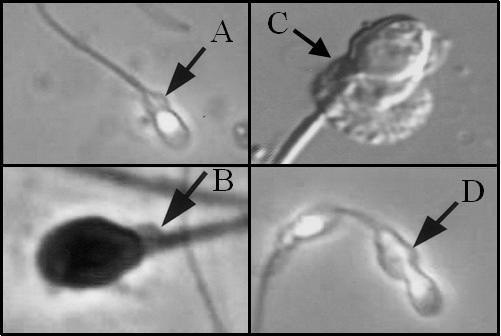
Frequently Asked Questions (FAQs)
1. What is the Genetic Disc?
The Genetic Disc is a controversial artifact purportedly from pre-Columbian Colombia, featuring carvings that suggest advanced biological knowledge.
2. Where was the Genetic Disc discovered?
The disc was reportedly discovered in Colombia by Jaime Gutierrez-Lega, though the exact location and circumstances are unclear.
3. What material is the Genetic Disc made from?
The disc is made from lydite, a hard, black stone known for its durability and fragility.
4. Is the Genetic Disc authentic?
The authenticity of the Genetic Disc is widely debated, with some considering it a genuine artifact and others viewing it as a modern hoax.
5. What do the carvings on the Genetic Disc depict?
The carvings on the disc include images of sperm, ova, and stages of embryonic development, which are visible under magnification.
A Mystery Yet to Be Solved
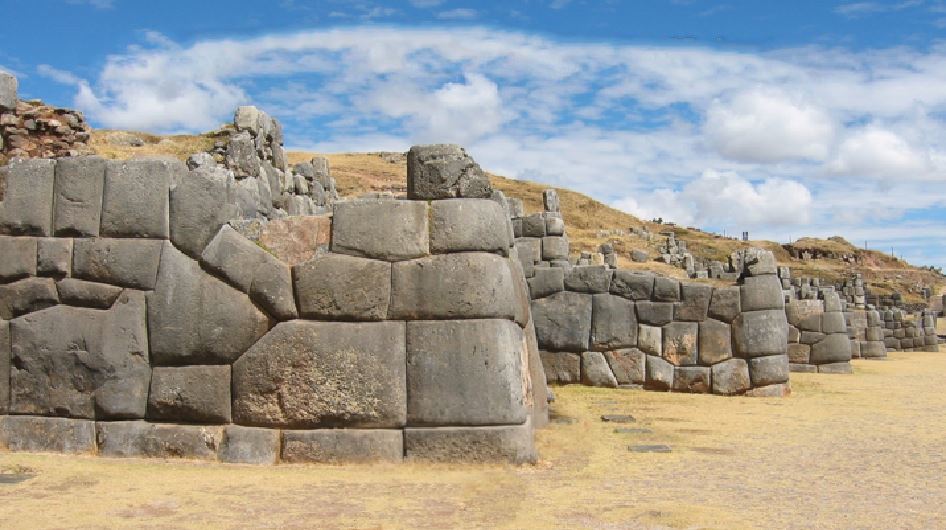
The Pre-Columbian Genetic Disc remains an enigma, its true origins and purpose still shrouded in mystery. Whether it is a genuine artifact from an advanced ancient civilization or a modern creation designed to challenge our perceptions, the disc continues to captivate the imagination of historians, archaeologists, and enthusiasts alike. As with many such artifacts, the disc raises more questions than it answers, leaving the door open for future discoveries that may one day unravel the secrets of this fascinating relic.
Until then, the Genetic Disc stands as a testament to the enduring mystery of our past and the possibility that we have only just begun to uncover the full extent of ancient knowledge.
Use of Our Content
⚠️ Content on “Mystery Uncover” is protected under US and International Copyright Laws.
You are free to reuse, republish, and share our content by giving credit to the source as Mystery Uncover with a link to the original material on mysteryuncover.com.


